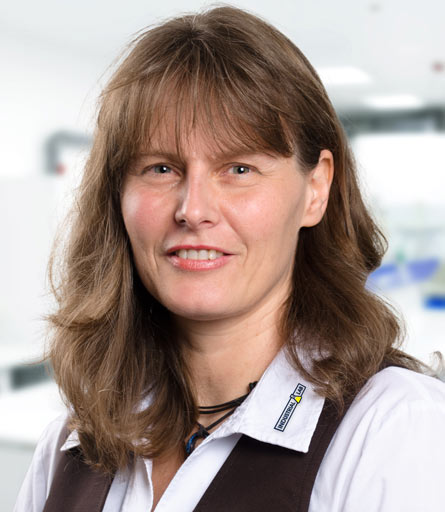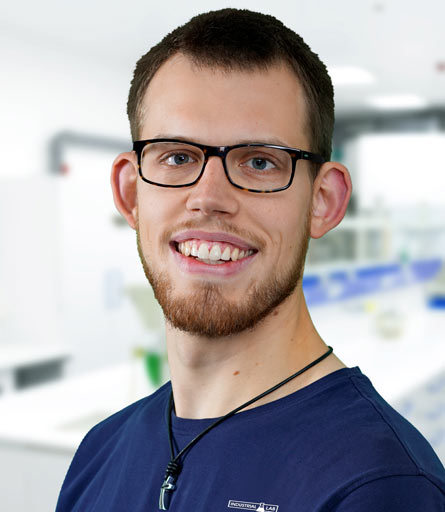
ENVIRONMENTAL & WASTE MANAGEMENT ANALYTICS IN THE AREA
Cooling Water (42nd BImSchV) and Wet Scrubbers
Since the Legionella outbreak in Warstein in 2013, which resulted in many illnesses and one fatality, it has become widely known that microbiologically contaminated aerosols from cooling towers, cooling systems, and wet scrubbers pose significant health risks.
To ensure hygienic operation, plant operators are required to regularly conduct microbiological tests through an accredited laboratory.

Are you familiar with your obligations under the 42nd BImSchV? Do you know the specific details? We are here to assist you with all aspects!
Planning of required sampling: We track the legally required testing intervals and keep your recurring appointments in check.
Consultation on operator responsibilities under the 42nd BImSchV, including maintaining a logbook for operational records.
Basic training for your employees.
Sampling performed by qualified, experienced samplers from our accredited laboratory: The samples are taken according to the recommendations of the Federal Environment Agency (UBA) based on DIN EN ISO 19458.
Analyses:
Microbiological testing of circulation and makeup water according to the 42nd BImSchV, based on DIN EN ISO 1173.
Chemical and physical supplementary investigations according to VDI 2047 (cooling systems and towers) and VDI 3679 (wet scrubbers).
Preliminary reports in cases of anticipated exceedances of the action threshold, around 6-7 days after sampling, with final results delivered within 12 working days.
Our trained and competent laboratory staff support you throughout the process, from sample collection to analysis. We provide a complete, all-in-one service.
Sampling according to UBA recommendations.
Fast and direct transport of samples to the laboratory.
Microbiological and chemical analysis in our accredited laboratory.
Preliminary reports in case of expected exceedances of the action threshold.
For enquiries about these analyses, please contact our laboratory team at anfrage@industrial-lab.de or get in touch with your contact person:

Head of department
Microbiology
02762 9740 - 83
Send e-mail

Microbiology
02762 9740 - 31
Send e-mail
All systems that spray, trickle or otherwise bring water into contact with the atmosphere are subject to the 42nd BImSchV. This includes, for example, cooling towers, evaporative cooling systems, wet separators or systems for adiabatic pre-cooling. However, there are exceptions to this general regulation: They depend, for example, on the pH value of the water, its temperature or its salt content. Wet separators that are only used with fresh water in continuous flow operation are also exempt from the regulation. Incidentally, if your system only emits into a hall, it is also not subject to the 42nd BImSchV
The 42nd Federal Immission Control Ordinance is an ordinance and must therefore be complied with. It is attached to the Federal Immission Control Act and specifies how its general requirements are to be applied to evaporative cooling systems, wet separators and similar systems. To a large extent, the 42nd BImSchV is in line with Guideline 2047, Sheet 2 of the Association of German Engineers (VDI), which also served as the basis. However, the 2nd sheet of VDI 2047 goes beyond the requirements of the BImSchV, but is not binding.
There is no general answer to this question because the reasons for a measurement and therefore the scope of the investigation can vary. For example, a so-called “additional laboratory test” only needs to be analyzed for legionella, while a “regular laboratory test” also requires the total colony count to be determined at 22 °C and 36 °C. Other parameters, such as pseudomonads, may also be useful. For this reason, it is best to ask us directly for the specific price for your case.